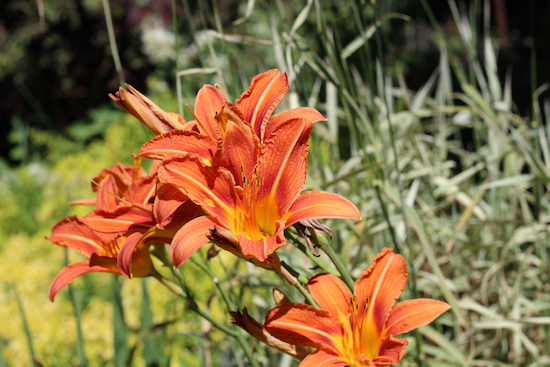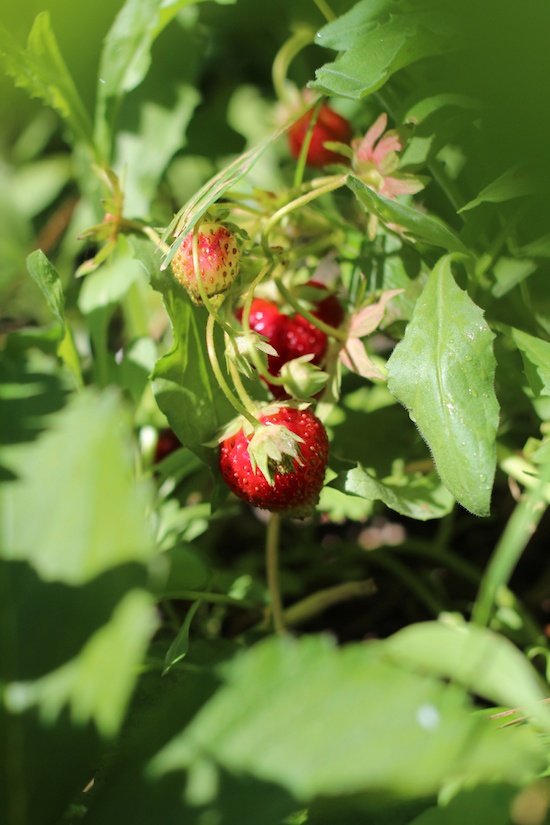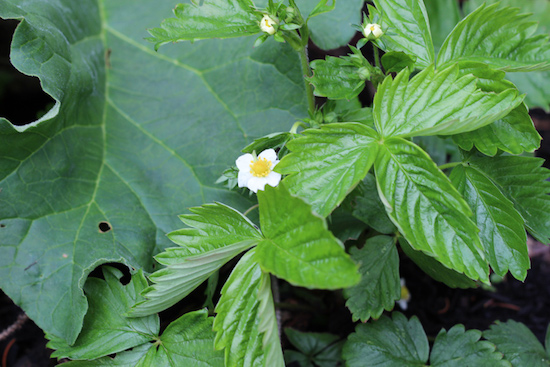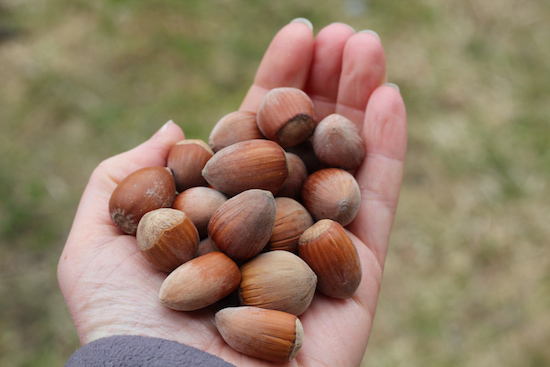If you’re a homesteader then chances are you’ve got the one thing that most home gardeners don’t have, and that’s extra space. So, why not take advantage of an unused area on your homestead to set up a small backyard nursery.
Backyard nurseries take very little to set up and can yield a nice little spring income when most of your other homestead ventures are waiting for warmer weather.
Here are my top 5 easy to grow plants that can help you make a little extra money from your homestead.

Organic Vegetable Starts:
Chances are if you are a homesteader then you are growing a vegetable garden. And if you have space why not sell a few of your organic veggie starts at the market, on local online forums or at a roadside farm-stand.
Growing seedlings does take up a bit of room, but once you are set up, they are easy to tend and only require light, warmth, and water.
Try to aim for unique and heritage varieties, plants that are intriguing are great conversation starters that will help sell themselves at farmers markets. I grow indigo gem tomatoes along my front walkway, they always stop people in their tracks!

Or try making themed variety packs, black beauty zucchini, purple haze carrots and drunken woman lettuce all have a rocker vibe that is sure to make your buyers smile.
Dollars and Cents:
Novelty aside, do your best to grow quality, organic seedlings to see a real return. A healthy, stocky tomato plant in a 4-inch pot can fetch $2/plant… While it might not make you rich, if you’re anything like me, it will definitely help fund your seed addiction.

Perennial Flowers:
Many perennial flowers grow better when divided often, this makes them an excellent candidate for reselling as nursery stock.
Perennial flowers are so easy to pot up and grow out for resale, all you need is good potting soil, tons of pots and a nursery area that is close to water.
Spring and fall are the best times to divide perennials. Simply use a clean sharp shovel to divide perennials such as peony, daylily, iris, yarrow and bee balm, shake off any big soil clumps, and tease out any visible weeds, then pot them up into new pots.
While it’s not necessary, I recommend growing the perennials out in a nursery area for a year, before selling them. This will help ensure you are providing a quality product to your buyers, which results in repeat business.
Dollars and Cents:
When selling at a farm stand or market, expect to get upwards of $5 for a healthy 1-gallon potted perennial, rare or unique varieties can earn even more.
Note: Be sure to take a second to ensure that you are not reselling proprietary plants. These are plants that have patented genetics and require you pay a small licensing fee to resell them.

Small Fruit:
Small fruits such as strawberry, raspberry, and blackberry need dividing often and can fetch a pretty penny when grown organically.
Growing out small fruits is much like keeping perennials. You’ll need a potting medium, lots of pots and a nursery area near water in which to grow the plants out. Other than that, they pretty much take care of themselves.
Dollars and Cents:
Organically grown small fruits are often hard to find and can fetch a premium price. Small fruits sell best when sold in groupings of 3, 5 and 7 as they tend to fruit best when grown in patches.

Bundle mixed small fruits together for a clever marketing strategy, 1 rhubarb and 5 each strawberry, raspberry, and blackberry can be marketed as a Pie Garden. Or fill a pot with strawberry and mint for a Cocktail garden… just add rum 😉

Nut Trees:
Growing nut trees from seed is easy and can be profitable. While growing nut trees takes more patience then say, growing veggie starts, the long-term reward is much higher.
The nut growing season begins in the fall when fallen nuts such as hazelnuts, walnuts, and chestnuts are collected and placed into stratification pots for the winter. Once spring comes the nuts begin to sprout and are potted up into a growing medium. We grow nuts in pots in a nursery bed for 1-3 years before planing them out onsite.
Sadly, many nut trees are being hit with disease, which makes them hard to find in commercial nurseries. Hazelnuts, for example, are plagued by a filbert blight in cool, wet, coastal areas, which makes it hard to find them in my dry, inland region. Growing and selling blight-free Hazelnuts locally is the only way to ensure that these amazing nut trees continue to be included on farms and homesteads in our area.
Dollars and Cents:
When selling nuts in pots expect to get between $10-15 for a healthy 3-year-old nut tree. Walnuts grow fast and will outgrow a 1-gallon pot quite quickly, so try to have them sold by year 3 or consider selling them as bare root trees.

Fig Trees:
Fig trees are a fun novelty species and they are really easy to propagate, which makes them a fun addition to your homestead nursery. Fig trees thrive in tough conditions and produce better when pruned often.
Once you have an established fig growing on your homestead, consider propagating the prunings while the branches are dormant. In the early spring, place 8-12 inch cuttings in a jar of water in the window sill and allow them to take root over the next 1-3 months.
Once the cuttings have a healthy root system, pot them up into 1-gallon pots and keep them growing in a greenhouse or sunny spot for another month or two, to ensure they are healthy and growing strong before selling.
Dollars and Cents:
A single healthy fig plant grown in a 1-gallon pot can fetch between $5-10 dollars and upwards of $25 when they have been allowed to grow on for about a year, not bad for pruning scraps.
So there you have it, 5 Plants to grow and sell to make money on your homestead. Do you have a Homestead Nursery? What types of plants are you growing and why?
Stay in touch and don’t forget to share this with your homesteading friends on social media.











3 Comments
You mention selling carrots as a vegetable start to sell. Carrots are probably the worst suggestion ever for that purpose as they absolutely HATE to be transplanted (as do most root vegetables). You’ll end up with angry customers if you try foisting carrot seedlings off on them.
Why can I get the seed for planting
Where do you purchase your indigo gem tomato seeds/plants? I have been unable to find them in any local sources